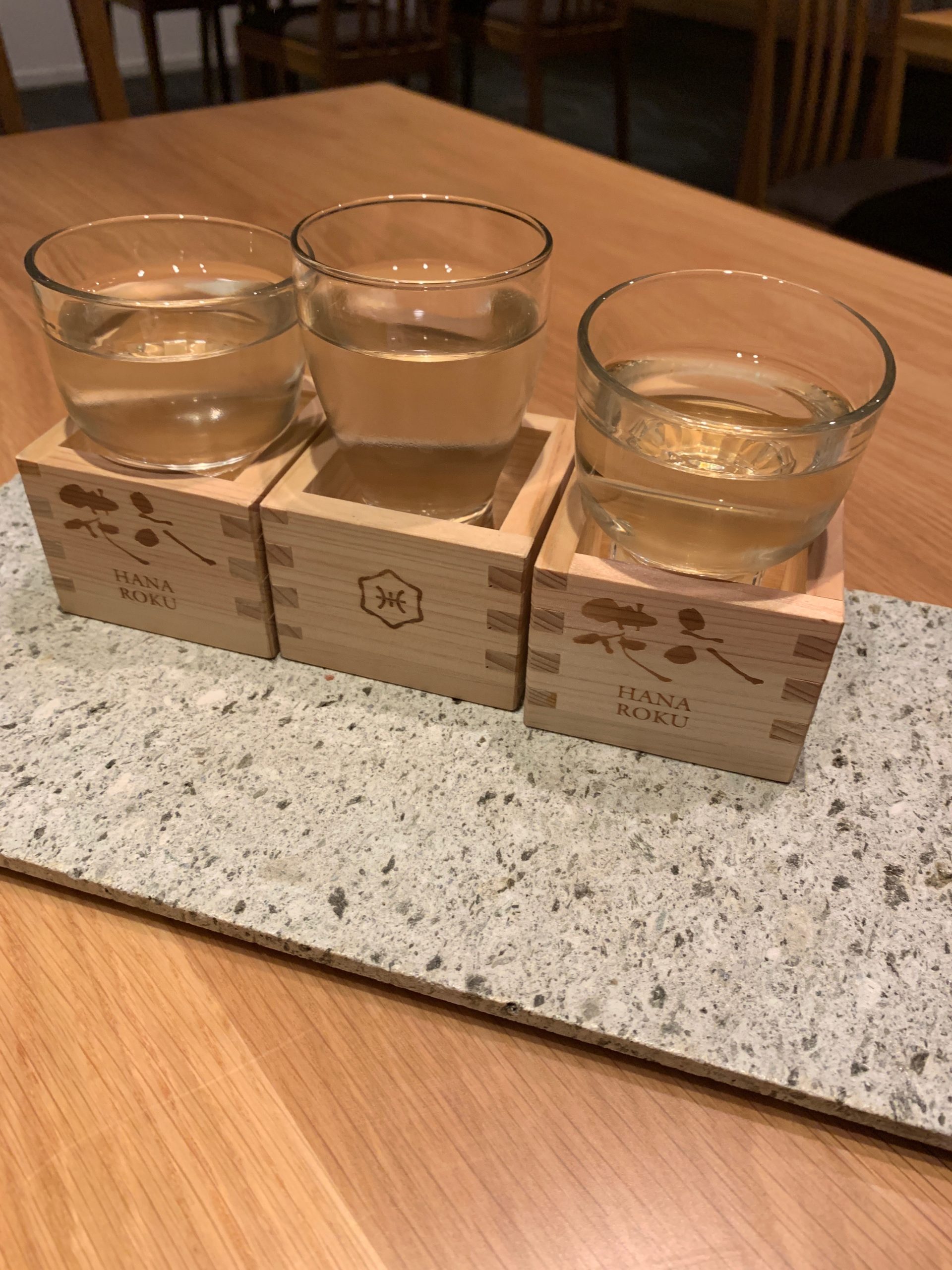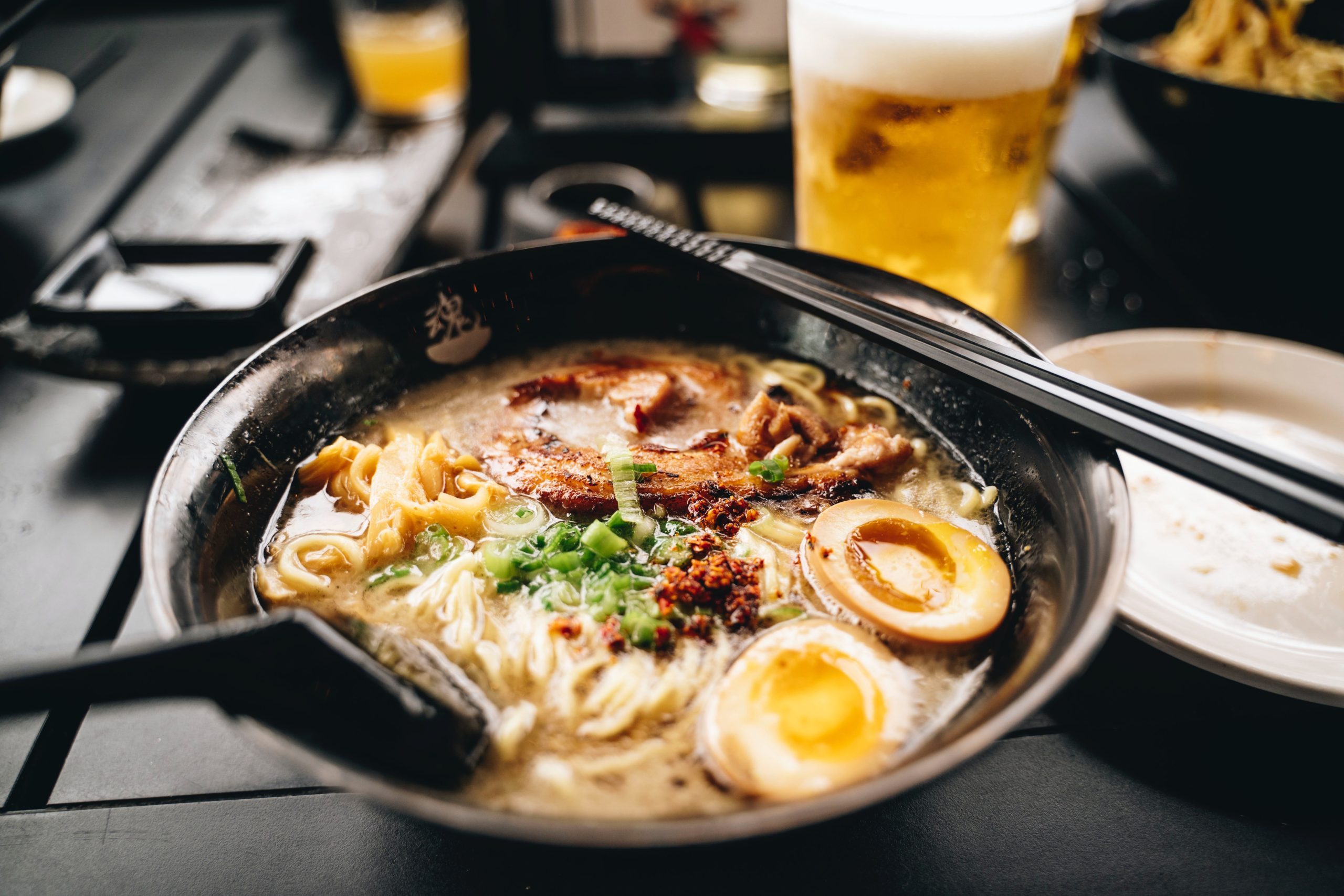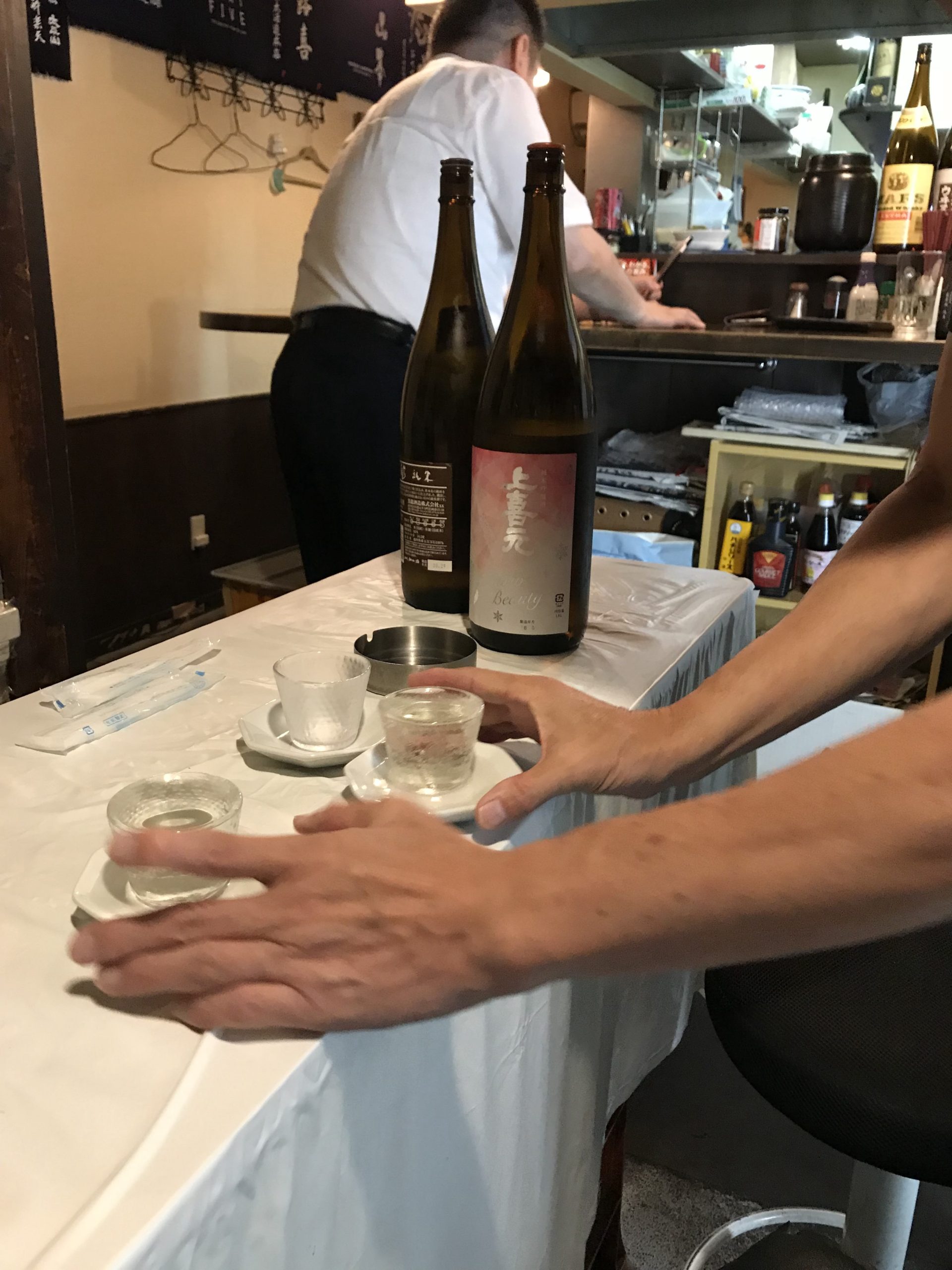Sake is a simple drink in terms of ingredients but deep in flavour, culture and brewing process and the sake import market is thriving amid a slump in most imported drinks. The versatility of sake is one of it’s unique points- it can be drunk hot or cold and has a range from sweet to very dry with subtle tones that vary for each individual sake. It has been the staple alcohol in Japan for generations and is becoming the trendy drink across the world.
As the overseas markets become more sake sophisticated, consumers and restaurants are seeking out the wider range of imported sakes available from smaller sake brewers. Sake portal is a Japanese sake distributor that focuses on promoting these smaller Artisan breweries.
CEO Darren Harris says “It is wonderful to see the rise of sake globally and people appreciating the diversity of sake provided by the smaller breweries. It is more difficult for these breweries to enter the overseas market as language is the main barrier and the main, mass-produced brands tend to be more well-known and dominate the market. We promote purer sake made by traditional brewing techniques that have been refined through generations of knowledge and history.”
“The depth of their sake is amazing and we are honoured to support them and love that consumers are exploring and enjoying some great Artisan sake.”

Before sake was predominately found in Japanese restaurants and paired with Japanese foods but now, due to the range of flavours and increasing demand for a greater variety of sake, it is common to see sake paired with all kinds of foods. In addition, bars are discovering the exciting range of cocktails that can be made using sake as a base.
Weston Konishi, president of the Sake Brewers Association of North America noted “Sushi has obviously seeped into the mainstream of the American diet, and with that comes a growing interest in other things Japanese, sake is riding on the coattails of that.” And, as with sushi, celebrity chefs are helping pave the way for wider understanding.
This year, Alain Ducasse produced a sparkling sake with renowned Japanese brewer Shichiken, while the French Laundry’s Thomas Keller pairs his famous Oysters and Pearls dish with Sohomare’s elegant, full-bodied Tuxedo Kimoto Junmai Daiginjo ultra-premium sake. At Michelin-star Cranes, in Washington, D.C., chef Pepe Moncayo’s mix of Spanish and Japanese influences—think an omakase menu alongside gazpacho and jamón ibérico—is a perfect match for Dewazakura’s clean and floral Oka Cherry Bouquet ginjo, made with polished rice. And guests at the ultra-luxe Ten Thousand Waves resort in Santa Fe will discover over 20 sake options, including the sought-after Tenko 20 Junmai Daiginjo Heavenly Grace, a silky, juicy bucket-list bottle procured by in-house master sake sommelier Deborah Fleig.
In the US and UK particularly, there are now domestic sake breweries. More than two dozen sake breweries have launched in the past decade in the US. According to Amy Racine, beverage director of JF Restaurants (run by Michelin-star chef John Fraser) there are great brands to be found across the country. “Brooklyn Kura does some good work,” she says, adding that she was “blown away” by domestic producers in Oregon, Texas and California.
That’s the wonderful thing about the wide and varied world of sake: There’s a choice for nearly every occasion.
 Previous ArticleNext Article
Previous ArticleNext Article
- Categories:
- Share :
 Previous ArticleNext Article
Previous ArticleNext Article
